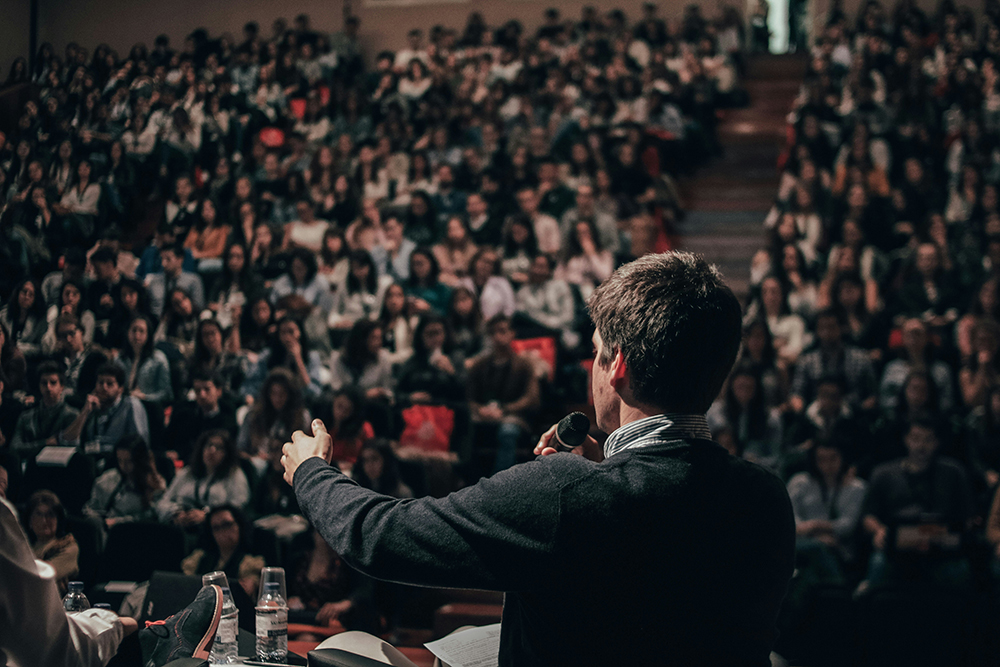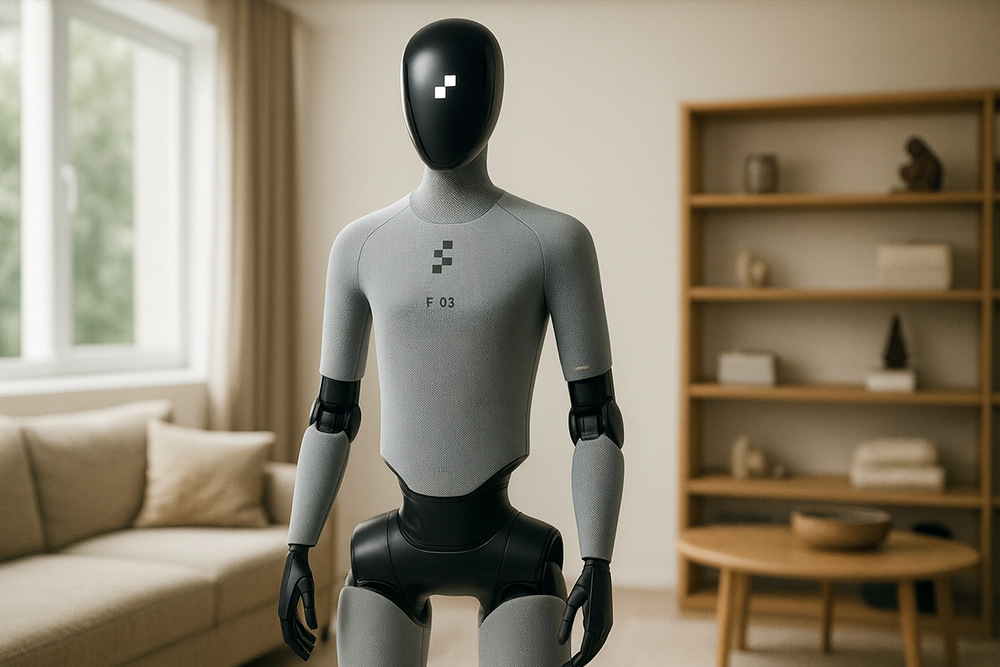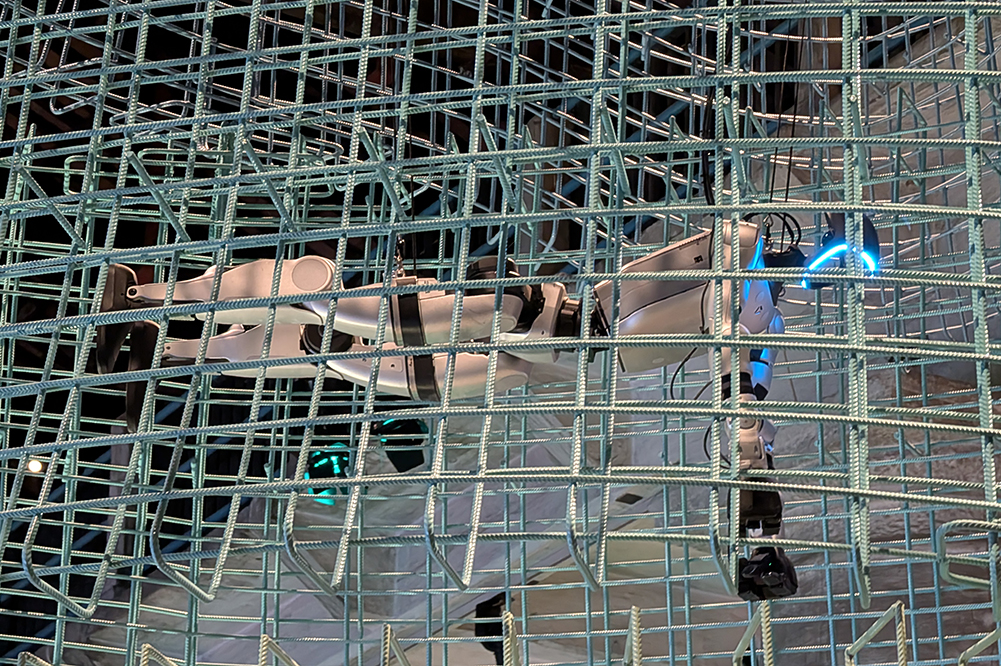The Robophilosophy Conference 2026 will take place August 11–14 at University College Dublin in a hybrid format and centers on the theme “Connected Futures: Nature, Robots, and Society”. As robotics and AI become deeply embedded in human life, the conference invites researchers across disciplines to explore how autonomous systems shape society, ecology, law, labor, and human self-understanding. It raises questions about responsible design, accountability, environmental impact, social justice, cultural perspectives, and the ethics of coexistence with artificial agents. Workshop proposals are due January 16, session papers and posters February 6, with notifications in February and April and proceedings pre-submission on June 15. RP2026 aims to foster interdisciplinary dialogue that advances both technological insight and collective wisdom for a future in which humans and autonomous systems share social and ecological worlds. Further information is available at cas.au.dk/en/rpc2026.
ICSR – Call for Debates
The 18th International Conference on Social Robotics (ICSR + Art 2026) will take place in London, UK, from 1-4 July 2026. ICSR is the leading international forum that brings together researchers, academics, and industry professionals from across disciplines to advance the field of social robotics. As part of this edition, ICSR 2026 will host a series of live debates in the Debate Room (Senate Room), addressing pressing questions about social robots in society and culture. Debate proposals may focus on conceptual, ethical, scientific, artistic, practical, or societal aspects of social robotics and should connect broadly to the conference topics listed at icsr2026.uk/topics/. Submissions are open to contributors from social robotics, HRI, the arts, design, engineering, the humanities, and related areas, with interdisciplinary proposals particularly encouraged. Formats may include two-sided or multi-position debates, panel discussions, performative debates, or audience-engaged formats. In a nod to British debating traditions, participants are encouraged to wear academic gowns. Proposals are submitted via icsr2026.uk/debate-proposal, with a submission deadline of 1 March 2026 and notification of acceptance by 15 April 2026.
Communicating with Fellow Beings and Extraterrestrials
As part of the ToBIT event series at the University of Applied Sciences and Arts Northwestern Switzerland (FHNW), four students working with Prof. Dr. Oliver Bendel are addressing four topics within his research area: “The Decoding of Symbolic Languages of Animals”, “The Decoding of Animal Body Language”, “The Decoding of Animal Facial Expressions and Behavior”, and “The Decoding of Extraterrestrial Languages”. The first three topics are also being explored – or have already been explored – in dedicated projects. DEEP VOICE focuses on whale communication. The Animal Whisperer Project comprised three apps that analyzed and evaluated the body language of cows, horses, and dogs, while VISUAL provided blind and visually impaired individuals with audio descriptions of images from wildlife webcams. In ANIFACE, a system was designed to identify individual bears in the Alps using facial recognition. Projects involving the reception of extraterrestrial signals and communication with alien life forms were discussed in the book “300 Keywords Weltraum“. The students presented their interim results on November 26, 2025. The final ToBIT event will take place in January 2026.
ICSR – Call for Competition Entries
The 18th International Conference on Social Robotics (ICSR + Art 2026) will take place in London, UK, from 1-4 July 2026. ICSR is the leading international forum that brings together researchers, academics, and industry professionals from across disciplines to advance the field of social robotics. As part of this edition, the ICSR 2026 Competition invites visionary concepts and prototypes for social robots that collaborate, care, and connect with people beyond the laboratory. Designers, engineers, artists, researchers, and pupils or students (school, college, and university) are invited to submit projects ranging from functional solutions to artistic or hybrid works. The competition features two categories: the Robot Design Competition, focusing on innovation in functionality, interaction, and application; and the Robot Art Competition, highlighting creative fusions of fashion, art, performance, and robotics. Hybrid projects may apply to both awards. Each entry must be described in a summary of up to two pages (preferably following Springer LNAI formatting), including an abstract of no more than 50 words and sufficient detail to judge novelty and impact. A single optional video link (maximum three minutes) and images or renderings are encouraged. Submissions should indicate whether they apply for the Design Award, the Art Award, or both, and be uploaded via the competition form at: icsr2026.uk/competition/. The competition submission deadline is 1 March 2026; finalists will be notified on 15 April 2026, and winners will be announced on 3 July 2026 during the closing ceremony of ICSR 2026.
About Authentic Laughter
From November 2025 to February 2026, Sahan Hatemo of the FHNW School of Computer Science, Dr. Katharina Kühne of the University of Potsdam, and Prof. Dr. Oliver Bendel of the FHNW School of Business are conducting a research study. As part of this project, they are launching a sub-study that includes a short computer-based task and a brief questionnaire. Participants are asked to listen to a series of laughter samples and evaluate whether each one sounds authentic or not. The task involves 50 samples in total and typically takes about ten minutes to complete. Participation is possible via PC, laptop, or smartphone. Before starting, participants should ensure that their device’s sound is turned on and that they are in a quiet, distraction-free environment. The computer-based task and the brief questionnaire can be accessed at research.sc/participant/login/dynamic/3BE7321C-B5FD-4C4B-AF29-9A435EC39944.
Call for Workshops at ICSR
The 18th International Conference on Social Robotics (ICSR + Art 2026) will take place in London, UK, from 1-4 July 2026. ICSR is the leading international forum that brings together researchers, academics, and industry professionals from across disciplines to advance the field of social robotics. The conference is accepting workshop proposals until the workshop submission deadline. Approved workshops will be announced 2 weeks after the submission deadline. The deadline for submitting proposals for workshops is 1 December 2025. Further information is available at icsr2026.uk.
Call for Special Sessions at ICSR
The 18th International Conference on Social Robotics (ICSR + Art 2026) will take place in London, UK, from July 1–4, 2026. ICSR is the leading international forum that brings together researchers, academics, and industry professionals from across disciplines to advance the field of social robotics. The conference is accepting special session proposals on a rolling basis until the submission deadline. Approved sessions will be added here as they are confirmed. The deadline for submitting proposals for special sessions is 1 December 2025. Further information is available at icsr2026.uk. Two special sessions have already been accepted, namely “SS01: Cultural Robotics” and “SS02: Participatory Futures in Social Robotics and AI”.
ICSR + ART 2026 at Senate House
The 18th International Conference on Social Robotics (ICSR + Art 2026) will take place in London, UK, from July 1-4, 2026. ICSR is the leading international forum that brings together researchers, academics, and industry professionals from across disciplines to advance the field of social robotics. This year’s edition will be hosted at Senate House, part of the University of London, located in the heart of central London. The venue is within walking distance of many of the city’s main attractions and stations. Senate House has appeared in several famous films and series, including “Batman Begins”, “The Dark Knight Rises”, “Fast & Furious 6″, “No Time to Die” (a James Bond film), “Nineteen Eighty-Four”, and the Netflix series “The Crown”. The building inspired George Orwell’s depiction of the Ministry of Truth in “1984″. Further information is available at icsr2026.uk (Photo: Bastique/CC BY-SA 3.0).
Launch of Figure 03
On October 9, 2025, Figure unveiled its latest general-purpose robot, called Figure 03. With the help of the Helix AI platform, it can understand speech, analyze and interpret its surroundings, and take appropriate action. Figure 03 is designed for use in the home, where it can do laundry or load and unload the dishwasher. It is covered with soft textiles instead of hard, machine-finished parts. As with earlier models, the face is mask-like and unapproachable. It has integrated palm cameras and fingers with tactile sensors. The company writes: “Each fingertip sensor can detect forces as small as three grams of pressure – sensitive enough to register the weight of a paperclip resting on your finger. This precision enables Helix to distinguish between a secure grip and an impending slip before it occurs, allowing fine-grained, dexterous control over fragile, irregular, or moving objects.” (Website Figure) Hundreds of thousands of models are to be produced in the coming years. Further information is available at www.figure.ai/figure (Image: ChatGPT/4o Image).
Unitree Robots in Venice
At the 2025 Architecture Biennale in Venice, Unitree robots are part of both an installation and a performance. While one robot paints on a canvas, the other plays music. However, you have to be lucky to see the performance, because most of the time the humanoid robots stand still or hang in the air. This is disappointing for visitors, who turn their attention to Alter3, which seems to know no fatigue. Another performance featuring carving cobots is also not on display, according to the media, for safety reasons. On the screen, you can see the arms reaching out to the audience. Although such proximity is normal for a cobot, individual visitors, such as children, can be unpredictable. So, in the hall where the robots are concentrated, there is at least one negative example of how a robot park should not be implemented. Information about the Biennale Architettura is available on the website.









